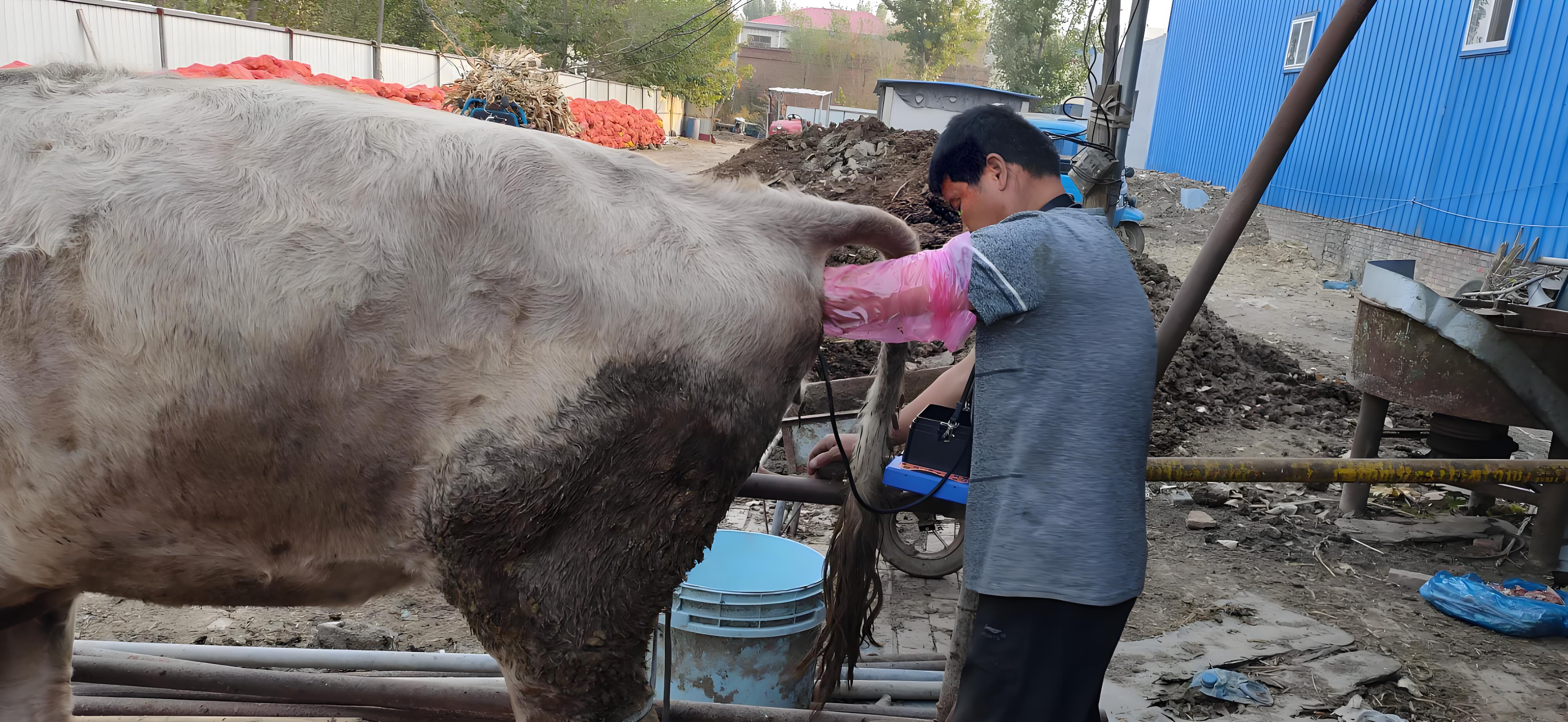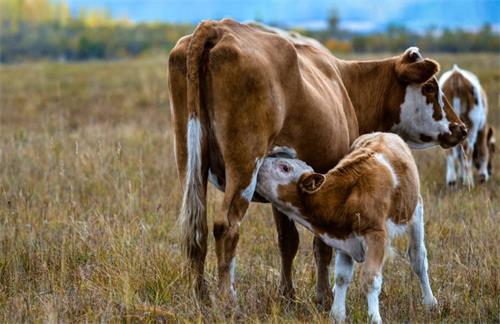It is necessary to use ultrasound to observe the condition of imported cows, and make decisions on whether to perform standing surgery based on the mental state, breathing, body temperature, heart rate, and fat condition of the affected cows. Most newborn calves are in good health, either lying or standing, and some even go looking for milk to eat. But there are also those who have inhaled amniotic fluid due to slow passage through the birth canal, some who appear weak, have difficulty standing or are unable to stand, and even some who have died.

After the surgery for uterine prolapse in cows, personnel should be strengthened to monitor the sick cows and ensure that the delivery room is not left unattended. Pregnant cows, especially those about to give birth, should be observed carefully to detect and treat them promptly. This kind of restoration is easy and good after recovery. Otherwise, if it is found to be delayed for a long time, it is prone to infection, bleeding, and difficult to restore, which is not conducive to the reduction of the uterus and the recovery of reproductive capacity.
The repair status of imported cattle can be observed on ultrasound. After surgery, apply hot compress to the genital area with a hot cloth sole. Within 1-2 weeks after surgery, the care of cows should be strengthened by providing a small amount of easily digestible high-quality full price feed. At the same time, attention should be paid to changes in the cow's body temperature and the discharge of lochia, and timely symptomatic treatment should be given. When the uterus of imported cows is not repaired by B-ultrasound observation, it is recommended to adhere to systemic treatment with antibiotics and take "Bu Zhong Yi Qi Tang" to promote the reduction of the cow's uterine body and prevent uterine inflammation and systemic infection.
The purpose of observing calves is not only to care about calves, but also to evaluate the health status and production level of cows through calves. First, use clean water and then physiological warm water to carefully remove foreign objects such as feces and weeds stuck to the uterus. Only when this is achieved can the next step of the operation be carried out. Otherwise, it will cause uterine inflammation, which can affect the future production of cows in mild cases, and even endanger their lives in severe cases.








